In the wake of nuclear accidents, weapons testing, and natural geological phenomena, our planet harbors pockets of extreme radioactivity. These areas, scattered across the globe, serve as stark reminders of human technological pursuits gone awry and the raw power of nature itself. From abandoned cities to remote wilderness, these radioactive hotspots continue to captivate our imagination and evoke a sense of both awe and caution.
In this blog, we’ll embark on a virtual journey to explore the world’s most radioactive places. We’ll delve into the history behind these contaminated zones, examine their current state, and consider the long-lasting impact they have on the environment and human society. Join us as we uncover the stories of these danger zones and the lessons they hold for our future.
Chernobyl Exclusion Zone, Ukraine
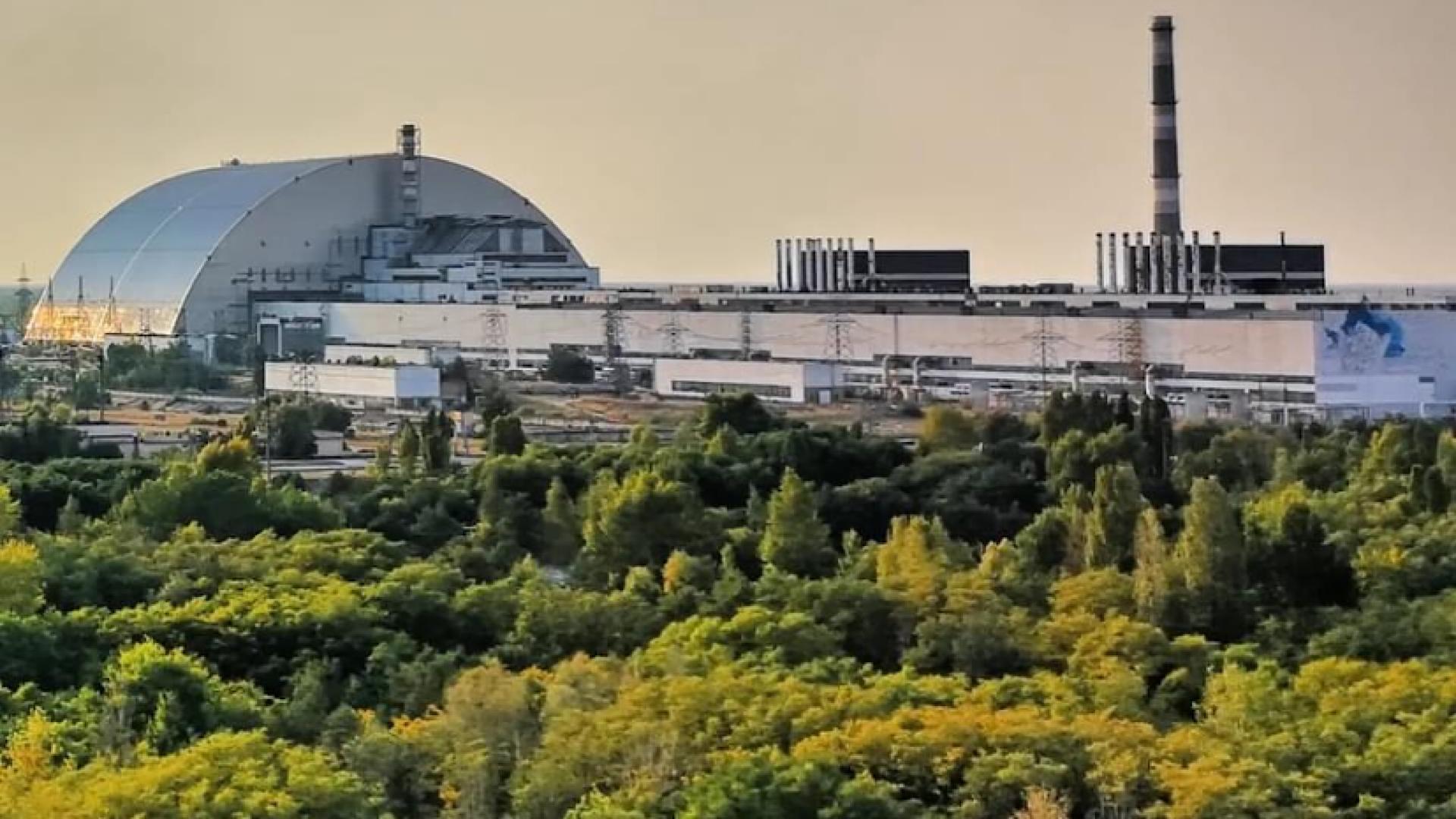
The Chernobyl Exclusion Zone in Ukraine remains one of the most radioactive places on Earth, a haunting reminder of the 1986 nuclear disaster. This 1,000-square-mile area around the Chernobyl nuclear power plant is a frozen-in-time testament to the catastrophic accident, with abandoned cities, contaminated forests, and wildlife that continues to bear the scars of radiation exposure. Entry into the zone is heavily restricted, and cleanup efforts are ongoing, but the long-term impact on the environment and public health continues to be studied.
Despite the dangers, the Chernobyl Exclusion Zone has become a dark tourist attraction, drawing visitors curious to witness the eerie remnants of a nuclear catastrophe. Guided tours offer a glimpse into the abandoned cities and the ongoing efforts to contain the radioactive materials, providing a sobering firsthand account of the consequences of nuclear power gone wrong.
Fukushima Daiichi Nuclear Power Plant, Japan
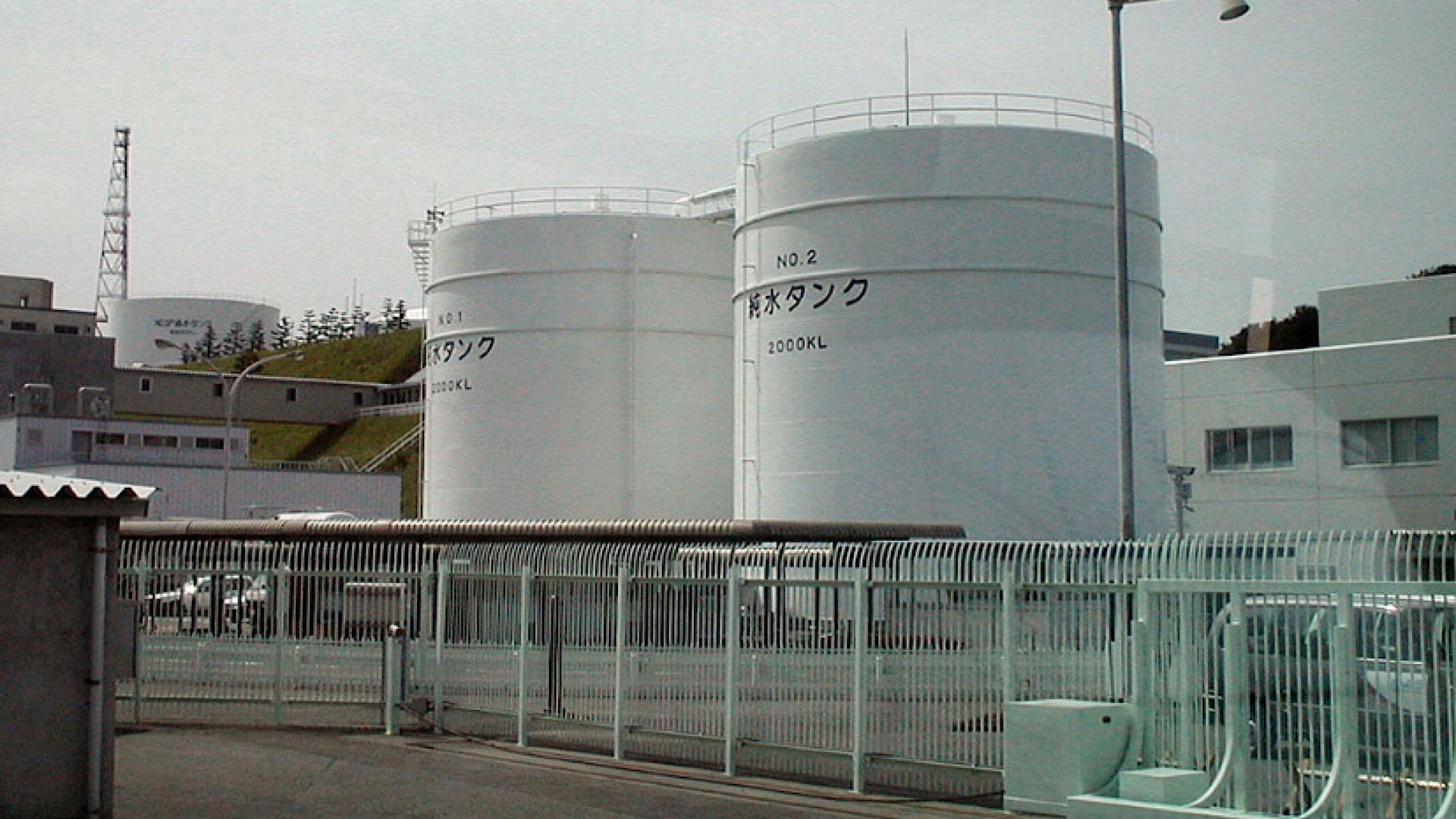
The Fukushima Daiichi Nuclear Power Plant in Japan became the site of one of the world’s worst nuclear disasters in 2011 when a powerful earthquake and tsunami caused a meltdown in three of the plant’s reactors. The aftermath resulted in the evacuation of nearby towns and the creation of a highly radioactive exclusion zone that remains off-limits to the public.
The cleanup and decommissioning of the Fukushima plant is an ongoing and monumental task, with the process expected to take decades. Thousands of workers continue to toil in the radioactive environment, working to contain the contamination and safely dispose of the damaged reactor cores. The long-term effects on the surrounding environment and public health remain a significant concern for the region.
Mailuu-Suu, Kyrgyzstan Mailuu-Suu
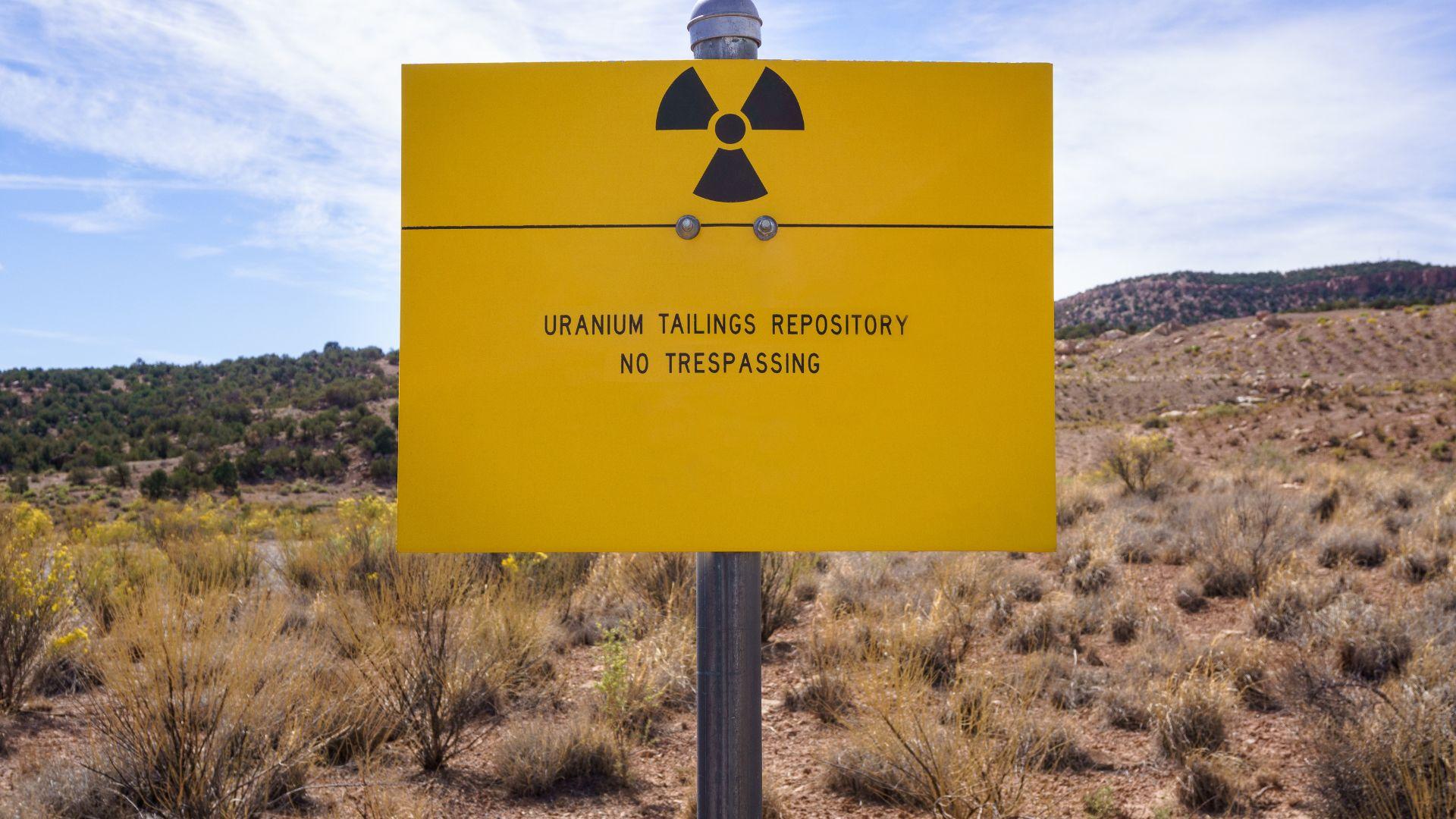
Just a small town in Kyrgyzstan, resides a haunting legacy of the Soviet-era nuclear program. During the 20th century, the town was a hub for uranium mining and processing, leaving behind a toxic and radioactive landscape. Abandoned uranium tailings piles dot the surrounding hills, posing a constant threat of contamination and leakage.
The people of Mailuu-Suu have long struggled with the consequences of this nuclear heritage. High rates of cancer and other health issues have been reported in the local population, and natural disasters, such as landslides, further exacerbate the risk of radioactive exposure. Efforts to safely contain and remediate the area continue, but the long-lasting impact on the community and environment remains a significant challenge.
Hanford Site, Washington, USA

The Hanford Site in Washington state is a grim reminder of the United States’ nuclear weapons program. For decades, the site was a key production facility for plutonium, which was used in the development of the country’s nuclear arsenal. The legacy of this work has left a significant and ongoing environmental and public health challenge.
The Hanford Site is home to millions of gallons of highly radioactive waste, stored in aging underground tanks that continue to pose a risk of leakage and contamination. Cleanup efforts at the site are ongoing, with the Department of Energy estimating that the process could take several more decades and cost billions of dollars to complete.
Semipalatinsk Test Site, Kazakhstan
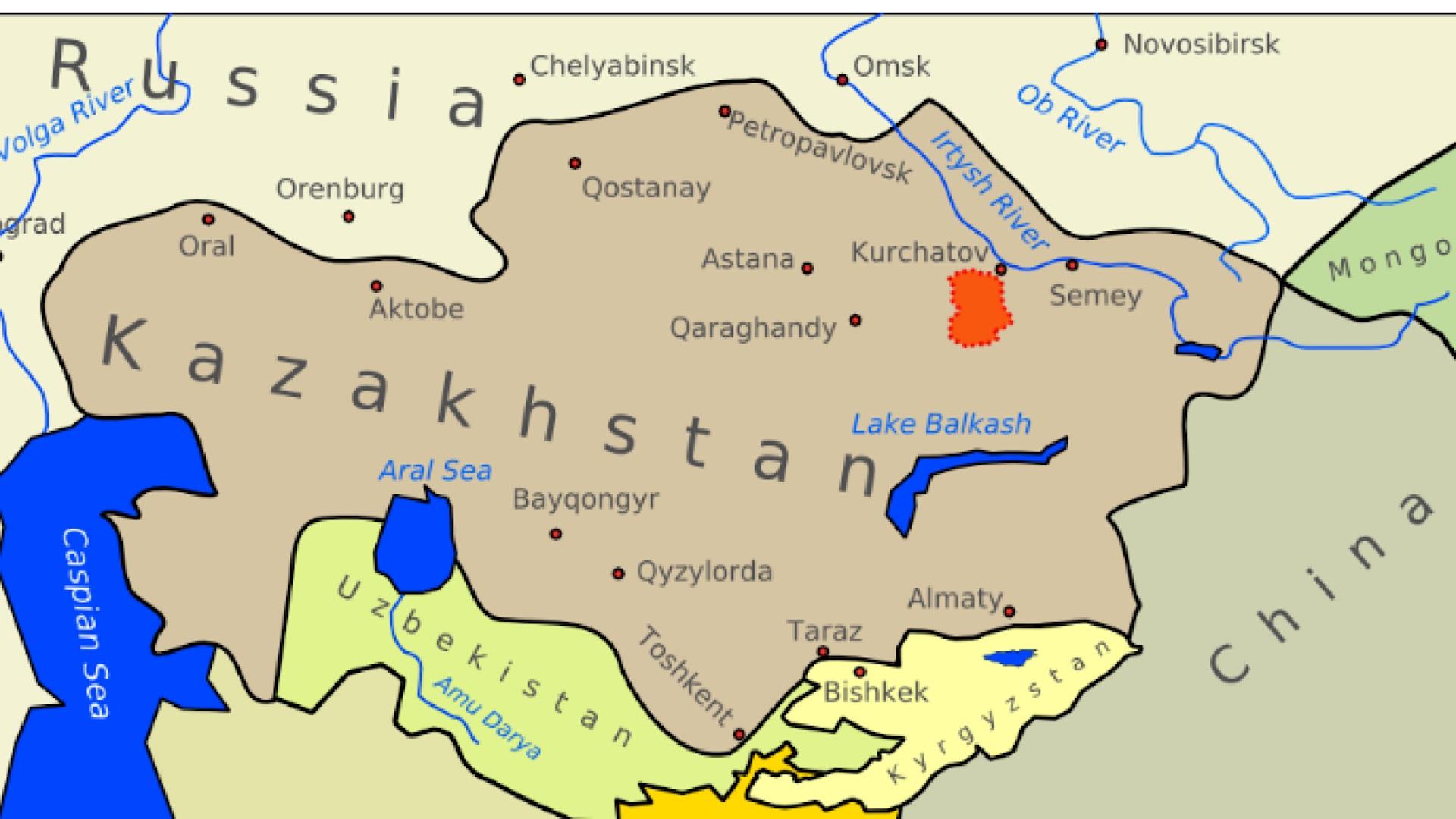
The Semipalatinsk Test Site in Kazakhstan was the primary location for the Soviet Union’s nuclear weapons testing program during the Cold War. For over 40 years, the site was used to conduct hundreds of nuclear tests, leaving behind a vast and heavily contaminated landscape.
The environmental and public health impacts of the Semipalatinsk Test Site have been devastating. The local population has experienced elevated rates of cancer, birth defects, and other health issues related to radiation exposure. Efforts to clean up and remediate the area continue, but the long-term effects of the nuclear testing remain a significant burden on the Kazakhstani people and their land.
Siberian Chemical Combine Seversk, Russia
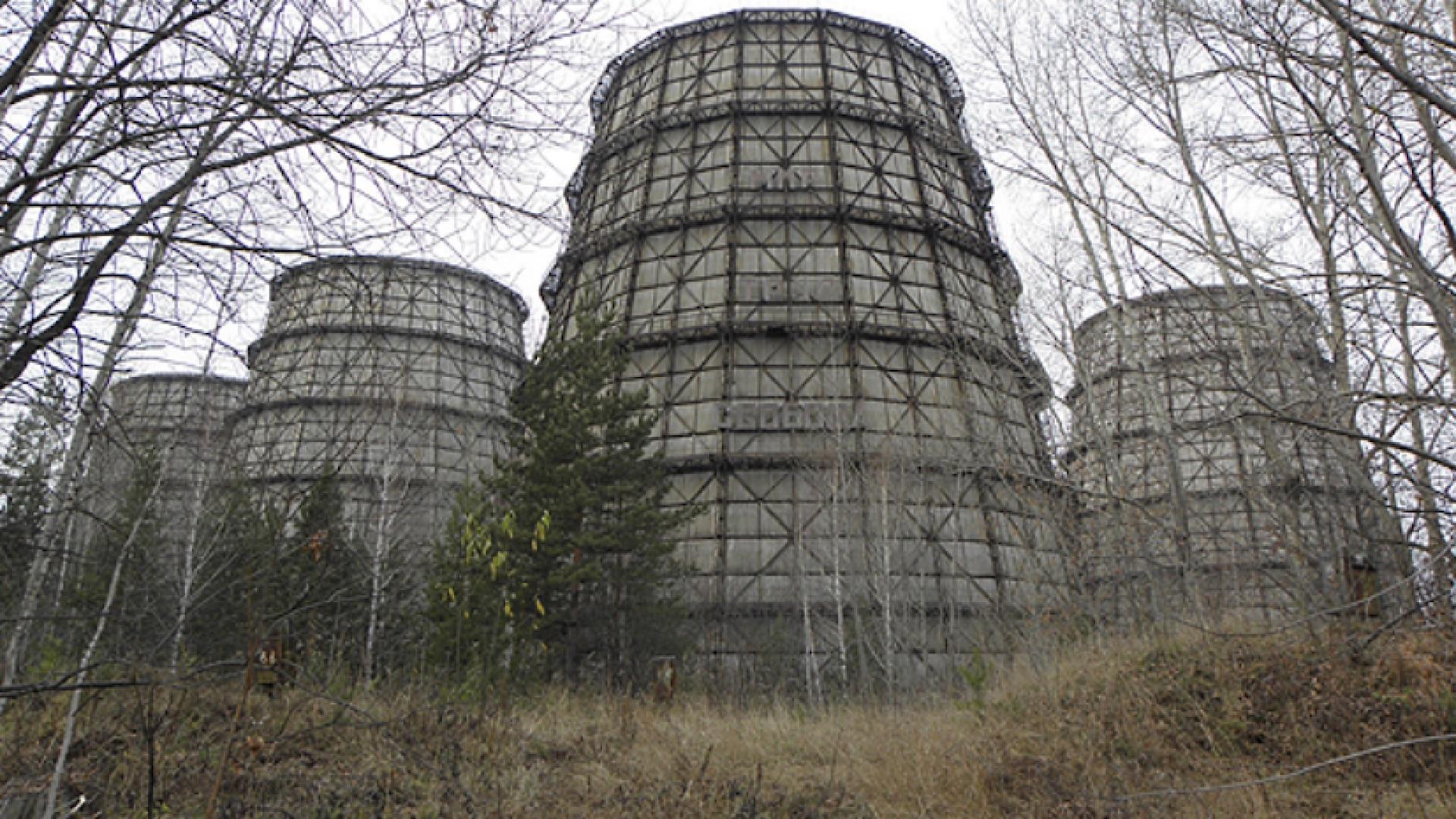
The Siberian Chemical Combine in Seversk, Russia, is a complex of nuclear facilities that played a crucial role in the Soviet Union’s nuclear weapons program. The site, which is still operational, has a long history of radioactive contamination and environmental degradation.
During the Soviet era, the Siberian Chemical Combine was responsible for the production of enriched uranium and plutonium for nuclear weapons. This work resulted in the release of radioactive materials into the surrounding environment, contaminating the air, soil, and water. Today, the site continues to pose a significant risk to the local population and the broader region, as efforts to safely manage and dispose of the radioactive waste remain an ongoing challenge.
Sellafield, Cumbria
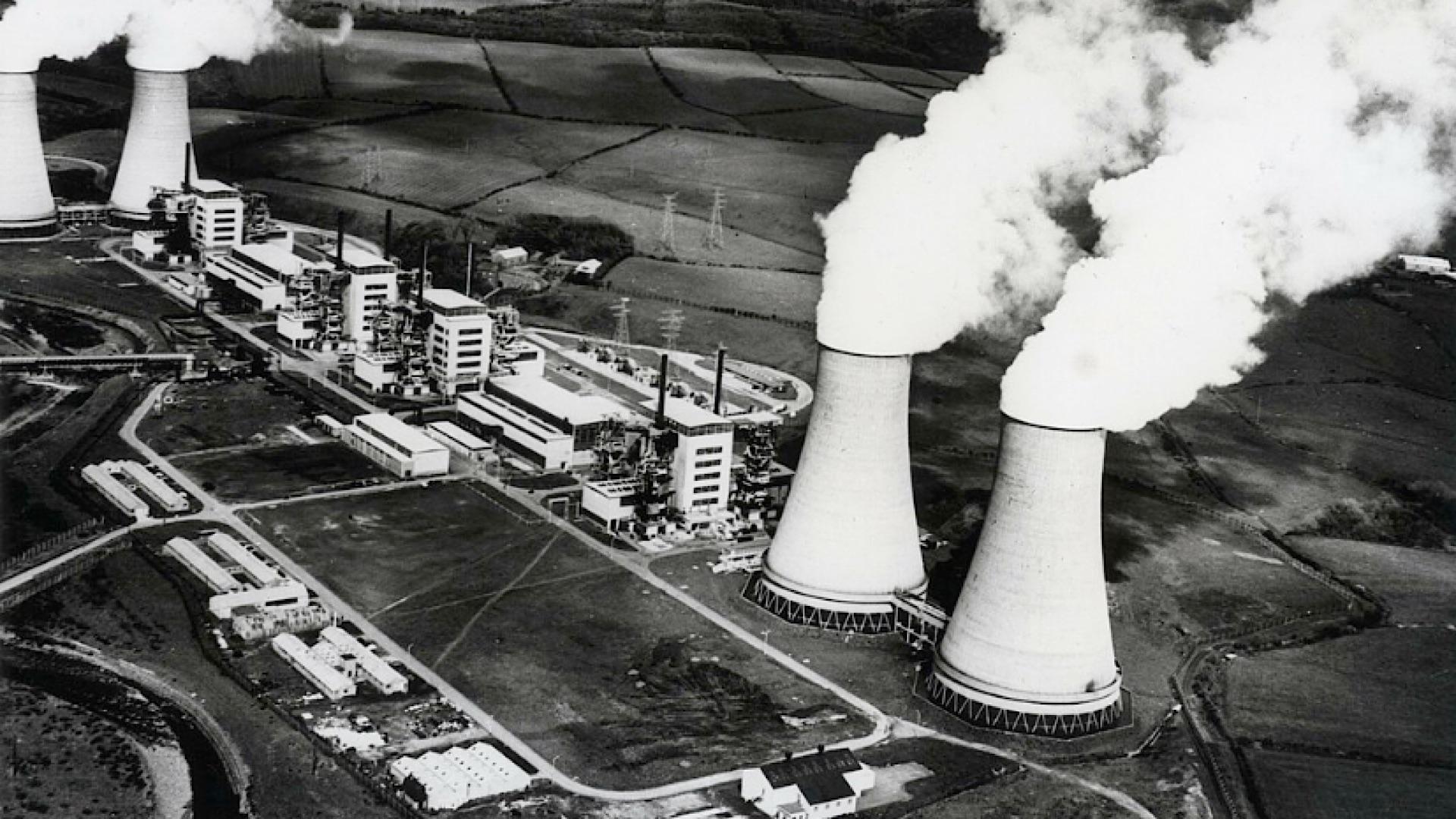
United Kingdom Sellafield, located in Cumbria, United Kingdom, is a nuclear reprocessing site with a long and troubled history. Originally established as a nuclear weapons production facility, Sellafield later shifted its focus to the reprocessing of spent nuclear fuel, a complex and hazardous operation that has left a legacy of radioactive contamination.
The site has been plagued by numerous accidents and incidents over the decades, including radioactive leaks and the mishandling of nuclear materials. Cleanup efforts at Sellafield are ongoing, but the sheer scale of the contamination and the aging infrastructure make it a daunting and expensive task. The local environment and communities have borne the brunt of Sellafield’s radioactive legacy.
Mayak Production Association, Russia
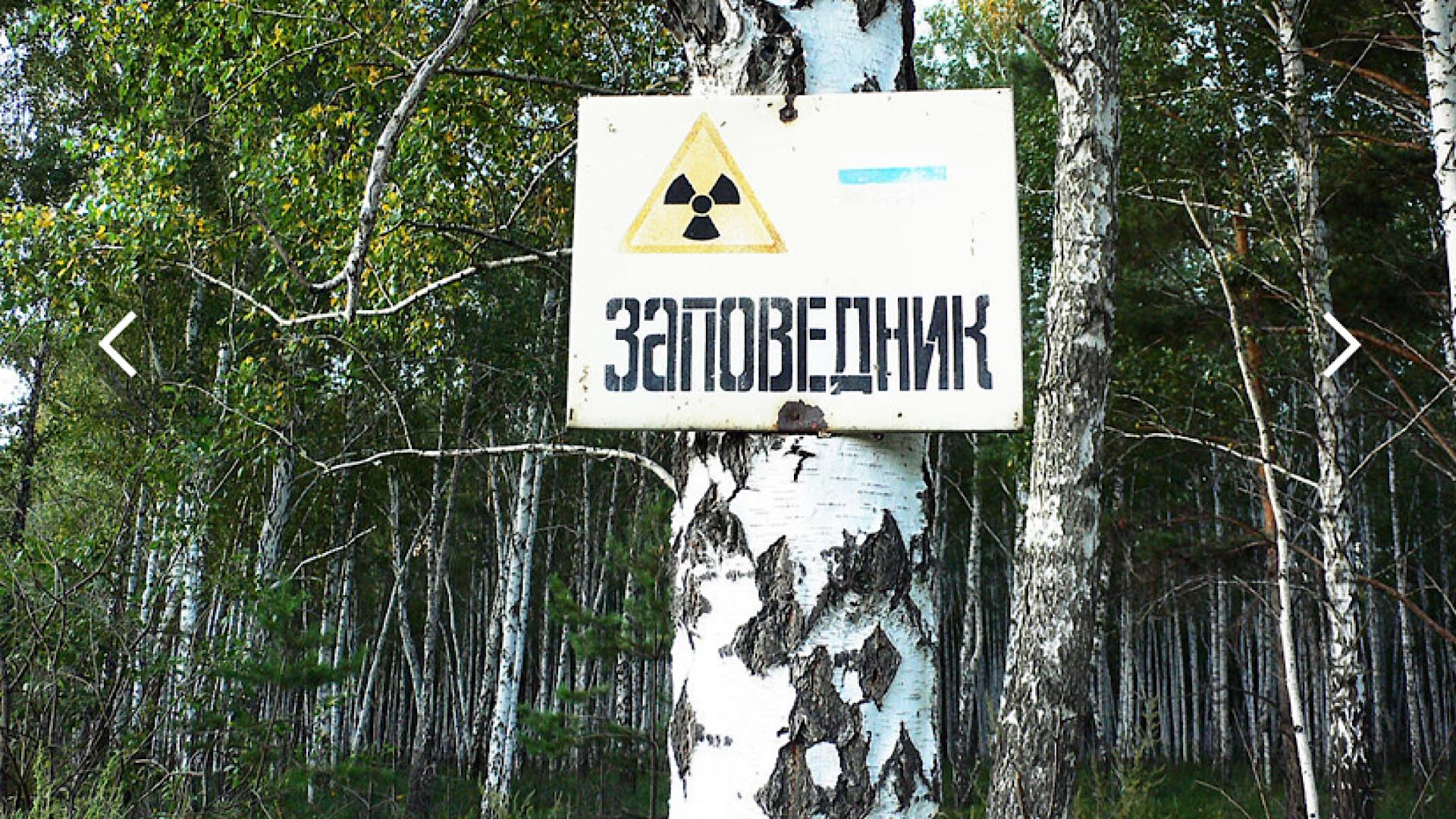
The Mayak Production Association in Russia is a nuclear facility with a dark history of radioactive accidents and environmental contamination. Established in the 1940s as part of the Soviet Union’s nuclear weapons program, Mayak has been the site of multiple incidents that have released large amounts of radioactive materials into the surrounding area.
One of the most significant accidents occurred in 1957, when a storage tank containing highly radioactive waste exploded, resulting in a massive release of radiation. The Mayak facility has continued to face challenges, including the improper storage and disposal of nuclear waste, leading to ongoing concerns about the safety of the local population and the broader environment. Cleanup efforts at Mayak remain a significant and ongoing challenge.
Bikini Atoll, Marshall Islands
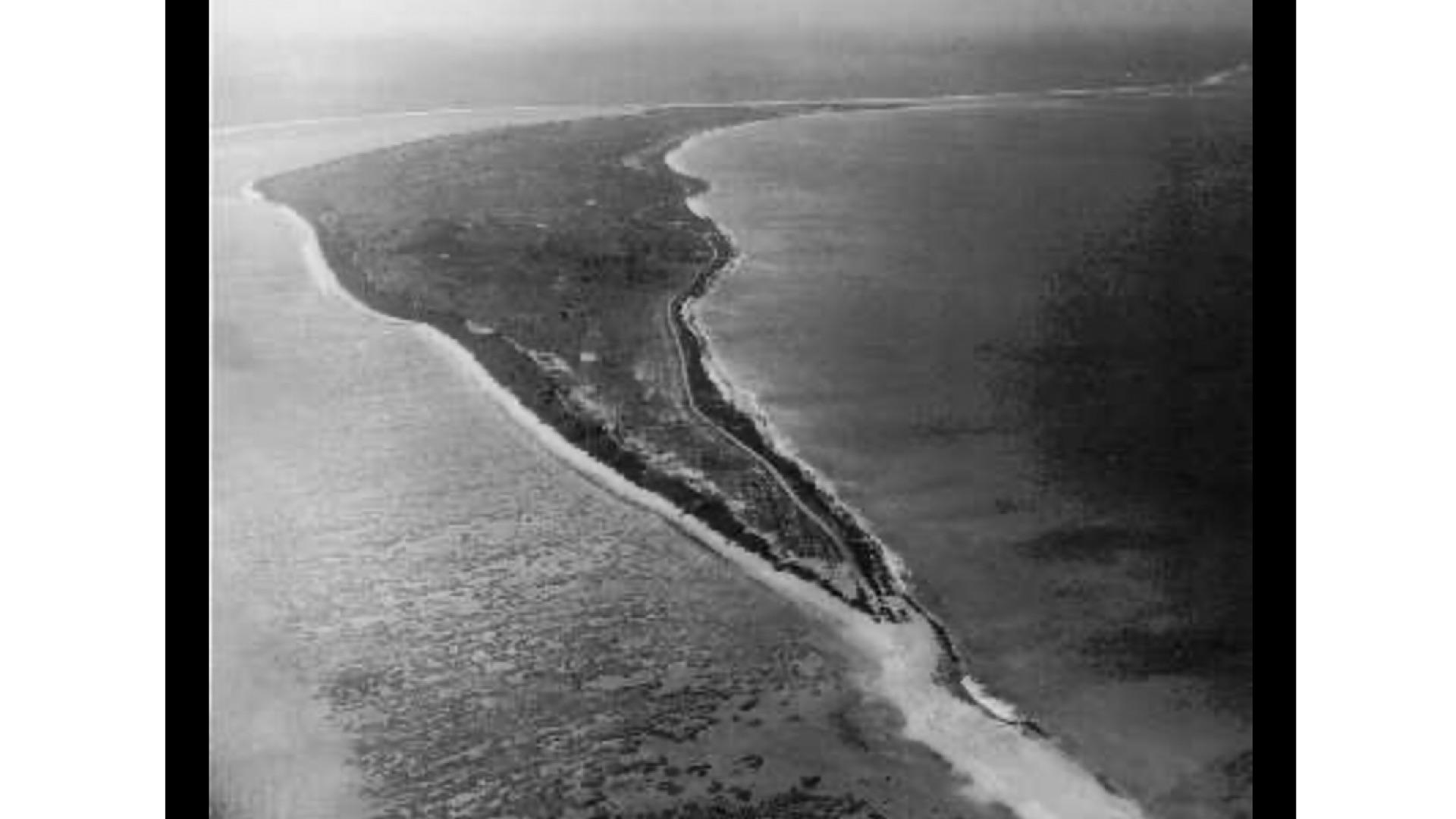
The Bikini Atoll in the Marshall Islands was the site of numerous U.S. nuclear weapons tests during the Cold War era. Between 1946 and 1958, the U.S. conducted 23 nuclear tests on the atoll, leaving behind a heavily contaminated and uninhabitable environment.
The local Bikinian people were forcibly relocated from their homeland, and the atoll remains off-limits to human habitation due to the high levels of radiation. The long-term effects of the nuclear testing on the local ecosystem and the health of the Bikinian people continue to be a source of ongoing concern and legal disputes between the Marshall Islands and the United States government.
Goiânia, Brazil (site of the 1987 radioactive contamination incident)

In 1987, the city of Goiânia, Brazil, experienced a devastating radioactive contamination incident that would leave a lasting impact on the community. A forgotten radiotherapy clinic’s abandoned equipment containing highly radioactive cesium-137 was illegally scavenged, leading to the dispersal of the radioactive material throughout the city.
The subsequent cleanup efforts were complex and challenging, as the contamination had spread to homes, businesses, and public spaces. Hundreds of people were found to have been exposed to the radiation, with several deaths directly attributed to the incident. The long-term health effects and psychological trauma continue to haunt the Goiânia community, serving as a stark reminder of the dangers of improperly handled radioactive materials.

